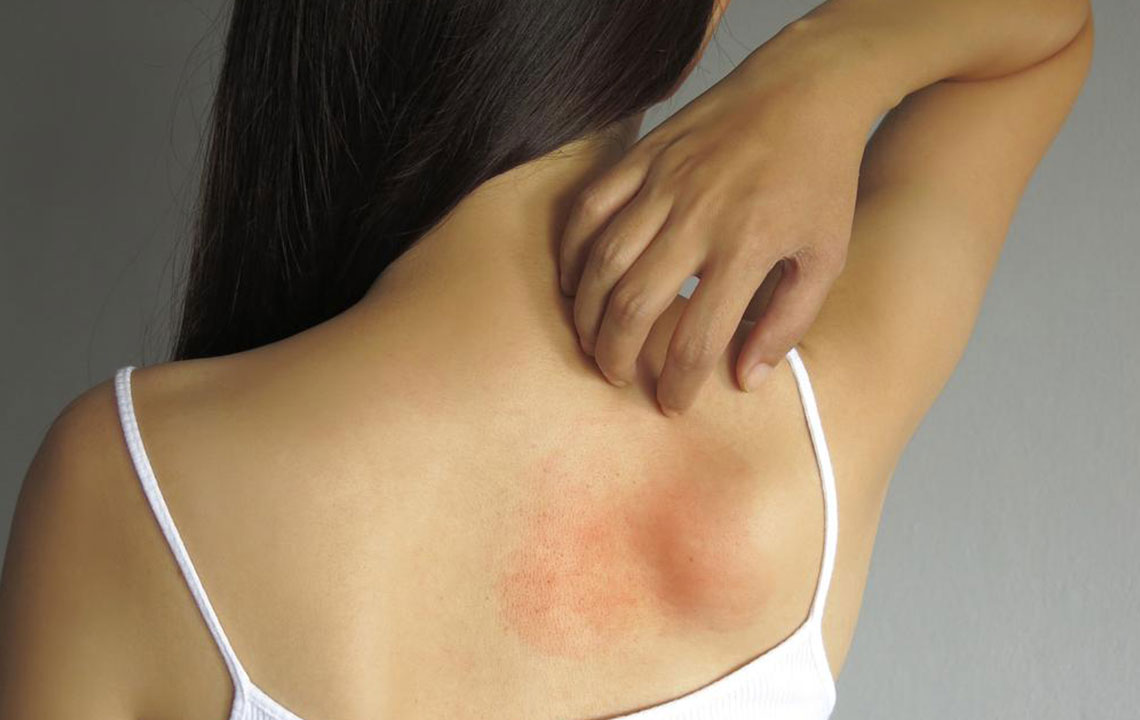Managing Mold Exposure Symptoms Effectively
Mold is a type of fungus that grows in strands. Mold could be present in homes all year round. The most common molds found in homes are as follows.
- Cladosporium
- Penicillium
- Alternaria
- Aspergillus
- Stachybotrys chartarum
Stachybotrys chartarum is the greenish-black mold that is sometimes found indoors. It grows on surfaces rich in cellulose content, such as wood, fiberboard, paper, and dust.
Molds reproduce by forming spores. These spores could travel through air and are invisible to the naked eye. Once mold spores form, they are hard to get rid of and could survive even in dry or harsh conditions. Molds travel with the wind and may grow when they come across a moist environment.

Outdoor molds aid in the decomposition process of leaves and compost piles. These are most often found in damp and dark environments.
The environments most suitable for growth of molds are as follows.
- Damp
- Warm
- Humid
The mold found indoors could affect the surface where it grows and could lead to health issues as well.
In homes, molds are most likely to be found in the following places.
- Bathrooms and basements
- Drywall
- Ceiling tiles
- Carpets
- Furniture
- Ductwork
- Roofing
- Wallpapers
Mold spores enter homes through the following locations.
- Open doors
- Windows
- Vents
- Attached to shoes
- Through pets
- Molds may grow on foodstuff
But not all molds are bad.
- Brie
- Gorgonzola
- Stilton
Molds involved with food manufacturing processes are safe and free from health risks.
Health Risks Associated with Molds
- Molds produce allergens.
- Molds also produce mycotoxins.
Presence of mold doesn’t imply that toxins are being produced. It may not imply a high health risk as well.
Allergies are most common reactions caused by molds. But molds could lead to some other health problems, though these are rarer.
Allergic Reactions to Molds
Allergic reactions are the single most common problem associated with molds. Most allergic reactions and symptoms occur immediately upon mold exposure. However, such symptoms and allergies may occur after some time following the exposure.
Some of the most common mold exposure symptoms are as follows.
- Runny nose
- Congestion
- Watery eyes
- Sneezing
- Rashes
- Itchiness or redness in eyes
For asthma patients, mold exposure could act as a trigger for asthma attacks.
Even if one is not allergic to molds, exposure may lead to symptoms such as
- eye or skin irritation
- coughing
In some rarer cases, one may develop more severe reactions to mold exposure, which include the following symptoms:
- Fever
- Difficulty in breathing
Developing lung infections too could be one of the mold exposure symptoms. However, this is often the case only if one has
- chronic lung disorder or
- weakened immunity
Other Disorders and Symptoms Associated with Mold Exposure
Hypersensitivity Pneumonitis
This causes inflammation of lungs upon exposure to mold spores. A dusty environment at the workplace is one of the prime triggers of such a mold allergy symptom.
Allergic Bronchopulmonary Aspergillosis
This too is a reaction to mold which afflicts the lungs. If one has asthma or cystic fibrosis, one is more vulnerable to such a mold allergy symptom.
Allergic Fungal Sinusitis
This is an inflammatory reaction to mold and affects the sinuses.
Treating Mold Exposure Symptoms
Treatment for an allergic reaction to mold and normal allergic reactions is often similar.
These are both fungal infections that spread through your body. If you have a weak immune system, you are more vulnerable to mold allergy symptoms.
Common Treatment Procedures for Mold Allergy Symptoms
- Antifungal drugs
- Treatments for enhanced breathing and circulation
If one has asthmatic symptoms, treatment often depends upon the intensity of the mold allergy symptoms.
Higher Risk Factors for Mold Allergy Symptoms
Family History of Allergies
A family history of asthma or allergies makes one more vulnerable to mold allergies and mold exposure symptoms.
Mold Exposure at Workplace
People involved with farming, dairy, logging, greenhouses etc are more vulnerable.
Homes with Higher Humidity
Living in homes that have a humidity of more than 50% is more likely to cause mold exposure.
Buildings Exposed to Excessive Moisture
If a building has leaking pipes and seepage during rains, then it is more likely to create an environment lucrative for mold growth.
Poor Ventilation at Homes
If a home has tight windows, it may trap moisture indoors. This builds the environment for mold growth. Basements and bathrooms are, hence, most vulnerable.
Preventing Molds in the Household
One of the best ways to keep a check on the growth of molds and avoid mold exposure symptoms is by controlling moisture levels. Some ways that help prevent moisture levels in homes are as follows.
- Timely identification and repair of plumbing leaks.
- If one cleans up and dries places of water leakage within 24–48 hours, chances of mold growth reduce.
- Using air conditioning or dehumidifiers during monsoons minimizes chances of moisture buildup.
- In humid basements, avoid using carpets.
- Ensuring good ventilation at homes.
- Using household paints that have mold inhibitor products.

